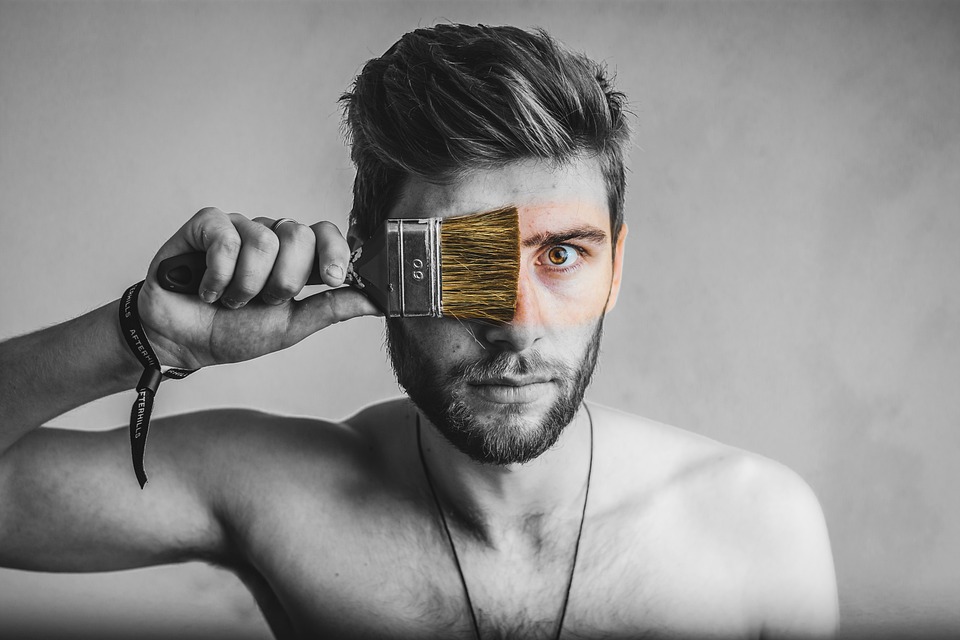
European fashion has a long and vibrant history that has been constantly evolving over the centuries. From the intricate garments of the medieval times to the sleek and minimalist designs of today, European fashion has gone through numerous transformations, reflecting changes in society, culture, and technology.
The historical styles of European fashion were heavily influenced by the social hierarchy of the time. In the Middle Ages, clothing was used as a way to show one’s status and wealth, with elaborate garments made from luxurious fabrics and embellishments. Women wore tight-fitting dresses with corsets and hoop skirts, while men donned doublets, breeches, and stockings.
As Europe entered the Renaissance period, fashion became more refined and influenced by art and architecture. The clothing of this era featured elaborate embroidery, intricate lacework, and rich fabrics such as velvet and silk. The Renaissance also saw the rise of the corset, which became a staple in women’s fashion for centuries to come.
The 18th century brought about the era of Rococo fashion, with its emphasis on pastel colors, embellishments, and delicate fabrics. Women’s dresses became more voluminous, with wide panniers and elaborate hairstyles. Men’s fashion also saw a shift towards more tailored suits and wigs.
The Industrial Revolution of the 19th century brought about significant changes in European fashion. With the rise of mass production, clothing became more affordable and accessible to the masses. Fashion trends began to change more rapidly, with the introduction of new fabrics such as cotton and the invention of the sewing machine.
The 20th century saw the emergence of iconic designers who revolutionized European fashion. Coco Chanel introduced the concept of unstructured, comfortable clothing for women, while Christian Dior popularized the hourglass silhouette with his “New Look” collection. The 1960s brought about the rise of youth culture and the influence of pop art on fashion, with designers such as Mary Quant and André Courrèges leading the way.
Today, European fashion continues to be at the forefront of global trends, with a focus on sustainability, diversity, and innovation. Designers such as Stella McCartney and Vivienne Westwood are leading the way in creating environmentally conscious and ethical fashion, while others, like Virgil Abloh and Demna Gvasalia, are pushing the boundaries of traditional gender norms and aesthetics.
In conclusion, the evolution of European fashion has been a rich tapestry of history, culture, and creativity. From the opulent garments of the Middle Ages to the avant-garde designs of today, European fashion has continuously reinvented itself, reflecting the ever-changing tastes and values of society. Whether it be a medieval gown or a futuristic ensemble, European fashion will continue to inspire and captivate audiences for years to come.





